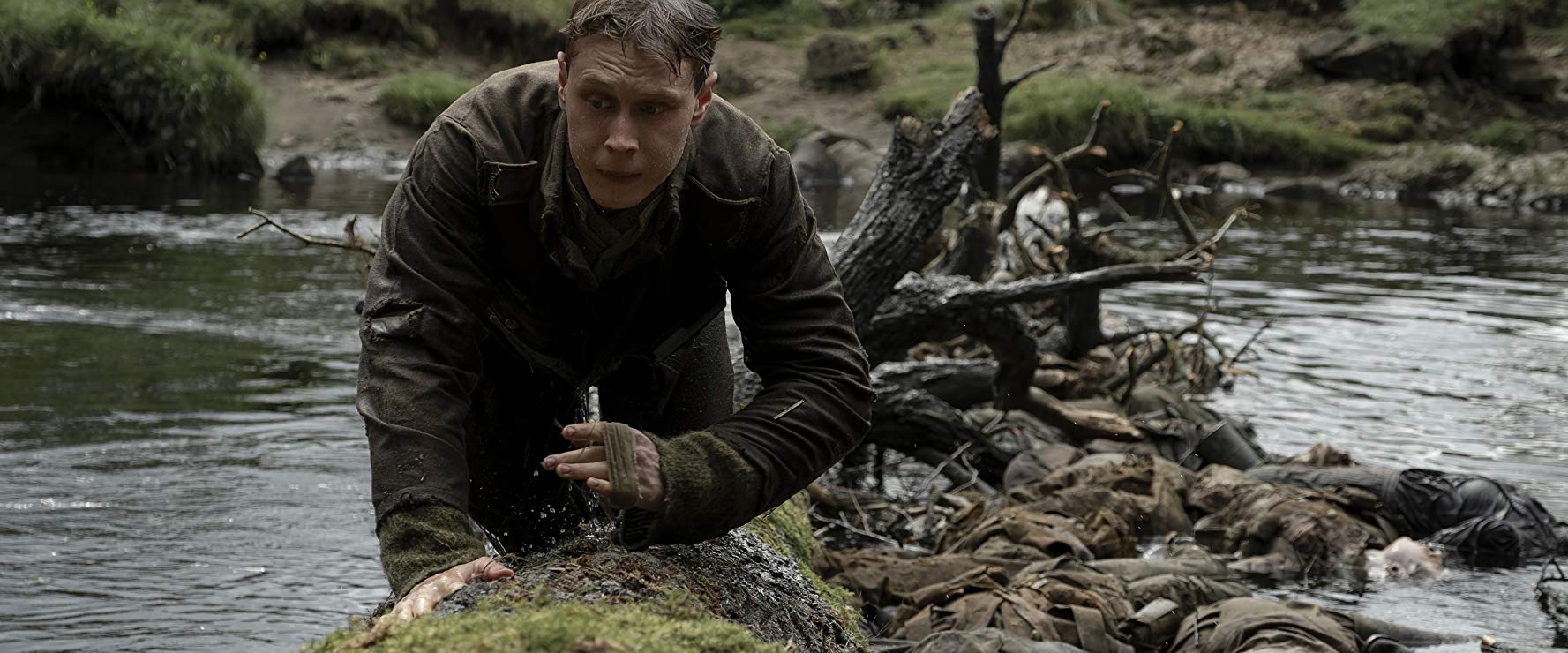Oscars 2020: Why Did 1917 Beat Endgame in the Best VFX Category?
The 2020 Oscars is perhaps one of, if not the most memorable culmination to the awards season in recent memory. Yes, this includes the 2017 Oscars where the whole Moonlight/La La Land debacle happened.
The night was full of plot twists. 1917, the odds on favourite to win Best Director (Sam Mendes) and Best Picture, did not bag either. Instead, Parasite which is arguably the film community at large’s favourite film of 2019 clinched the prize in both categories, breaking film Twitter in the process.
However, 1917 did not go home empty-handed. The film bagged three Oscars, namely Best Cinematographer (Roger Deakins), Best Sound Mixing and — wait for it — BEST VISUAL EFFECTS. Now, among all the categories that it was nominated in, VFX is one that nobody thought it would actually win, myself included. Surely, that victory should’ve gone to fellow nominee Avengers: Endgame. (Other nominees in the category include Star Wars: The Rise of Skywalker, ).
I’m still a little bummed out that Endgame didn’t clinch this one. Not just because it’s a VFX laden film, but because it uses an abundance of VFX to spectacular, heart-racing, emotional effect. I mean, the emotionally-charged glorious climactic battle sequence alone is a showcase of how good usage of VFX can be deployed to make our wildest and geekiest imaginations come to life.
Yet, it’s 1917 that clinched the award.

Look, 1917 absolutely deserves to be nominated in the category. The VFX may not be obvious (apart from say, a spectacular scene where a plane crashes into a barn) but it’s there, hiding in plain sight. In fact, without VFX, I don’t think director Sam Mendes would have been able to bring his vision to life. Remember, 1917 wasn’t shot in one long take, it’s made to look that way… by VFX.
In an interview with the Los Angeles Times, 1917 VFX supervisor Guillaume Rocheron talked about the precise technique it took to make everything look seamless.
Every transition is handcrafted and has its own, very precise solution to look absolutely seamless. It used a very wide range of techniques. Some took 2 1/2 months of work to get those few seconds — matching the lighting and the flow of the camera, the movement of everything.
The city was built [in one location] and the river was shot in an Olympic water park: a canoe training center, basically — a man-made structure with walls and things like that. All the environment around it is completely digital. We digitally created an actor jumping off the bridge and going into the river. Those two locations are probably 150 miles apart.
In one scene, a soldier runs through a small town while getting shot at, jumps into a river, flows down the stream and crashes down a waterfall before swimming to a forest. It’s pretty insane.
But to actually win it?
There’s a little voice inside me — the same little voice that’s inside a lot of you — whispering The Academy is biased. It seems to be a personal mission of theirs to ensure comic book movies (or genre films in general) don’t get recognised at the Oscars, unless it’s overtly political (Black Panther) or a pure drama (Joker), regardless of how culturally relevant the film is. Case in point: Endgame getting snubbed in the Best Picture category, despite being highly critically acclaimed and the highest-grossing film in the history of cinema.
This unfair treatment extends to the technical categories as well. Think about it because it isn’t just this year. Last year, First Man won best Visual Effects instead of Infinity War and Ready Player One. Blade Runner 2049 won instead of Star Wars: The Last Jedi. Ex Machina was picked ahead of Star Wars: The Force Awakens. And Interstellar came out victorious in a battle against freaking Dawn of the Planet of the Apes, Captain America: The Winter Soldier and X-Men: Days of Future Past for crying out loud.
History has taught us that The Academy, even when voting in the technical categories, just tend to look at whether or not the film as a whole is “prestigious” (by their standards). Sometimes, they quite obviously have no idea what those categories even mean. How else do you explain Bohemian Rhapsody winning Best Sound Editing & Best Sound Mixing in a year where director John Krasinski masterfully — and I mean MASTERFULLY — used sound editing and mixing to create an atmospheric cinematic experience unlike any other in A Quiet Place.
The post Oscars 2020: Why Did 1917 Beat Endgame in the Best VFX Category? appeared first on Lowyat.NET.
from Lowyat.NET https://ift.tt/2OH9CQq
Labels: Lowyat
0 Comments:
Post a Comment
Subscribe to Post Comments [Atom]
<< Home